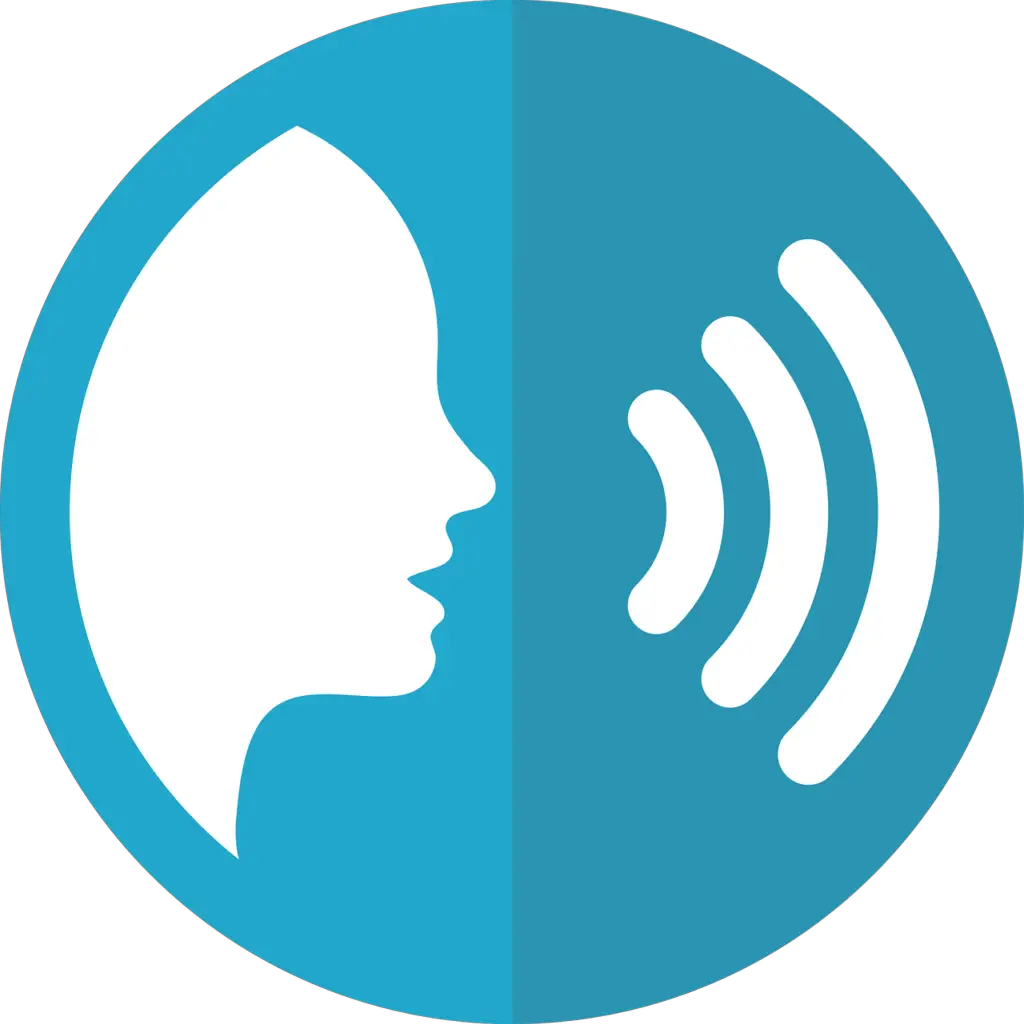
“Your call may be monitored or recorded.” We’ve all heard that little disclaimer virtually every time we pick up the phone and call a customer service line. But what does that mean, exactly? In the past, it merely meant that a supervisor might refer back to your call if you ever had a dispute with the company. However, as the 2000s became the 2010s and now the 202’s, these call monitoring capabilities have expanded and the technologies behind them now have more applications.
For many years, call centers have been using keyword spotting in real-time operations and for offline analysis. Recently, companies have been turning to emotion analysis to uncover a treasure trove of information based on measuring changes in a speaker’s emotional responses to gain insight into the “real intentions” of a speaker.
“Keyword spotting and voice recognition are important tools, although they work with just one dimension of data,” explained Amir Liberman, CEO of voice analytics technology provider Nemesysco. “Emotion detection and analysis allow us, much like a microscope, to observe behaviors and understand layers of information that were never available before.”
But how could this help in the real world?
Applications of Emotion Analysis
Call Center Quality Assurance and Sales Optimization
Say you call the customer service line of your internet provider. You’re trying to explain your problem to the frontline representative, but it’s not going well. You start to hear a bit of frustration seeping into your tone. Then, before you can ask the representative for a supervisor, one comes on the line and asks how they can help. Such a scenario is indeed possible thanks to modern emotion analysis technology.
Say you’re a customer service representative at the same company. Your bosses would like you to do some upsells whenever feasible, but sometimes it’s hard to know when to press it home and when you’ll likely be wasting your breath. If you’ve been at the job a while, you’ll probably be able to sniff out these opportunities and learn just how to explain them to achieve the desired result. But what if you’re new or you’re just not sure whether to trigger the upsell?
Emotion analysis technology can reveal the right moment and show you various options regarding how you can proceed with the call: Swing for the fences and try the maximum upsell? Solve the immediate issue and disconnect? Something in between? Emotion analysis can help you decide which path to follow and help you achieve the desired resolution.
Human Resources: More Efficient Recruiting
Recruiting the right employee who will thrive in your organization’s culture as well as at their particular job is a persistent challenge for companies of all sizes. What if you had a helper there to guide you as the interview and testing process unfolded? What if you had a way to back up your instinctual determination as to whether an applicant is telling you what they think you want to hear or whether they’re genuinely excited about the culture and knowledgeable in the job area? Here’s where voice emotion analysis can go a long way toward helping the organization satisfy job requirements while helping the candidates feel like they’re appreciated for who they really are.
Whether you’re a small company that asks applicants to answer questions on a handwritten test or you’re a larger company with security concerns that requires a polygraph-based test, many recruitment processes can be so long and cumbersome that candidates end up becoming frustrated and going elsewhere. With the appropriate implementation of emotion analysis technology, applicants could be asked questions over the phone or in person, and the technology could help determine the confidence of the applicant to do the job, for instance. As far as emotion goes, the answers themselves don’t matter. Hesitation around questions about drug and alcohol intake could be detected even if the expected answers were given. If someone was to claim to be comfortable with public speaking, the truth based on a measurement of emotional response to the question would come out even.
As an HR professional, processing volumes of applications can be a tedious task. Emotional measurements help ensure that nothing slips through the cracks. It can also be difficult to compensate for any unwitting bias that may exist. Such technology could ensure an unbiased readout for each recruit tested.
From the candidate’s perspective, recruitment processes with integrated emotion prediction would be shorter and more to the point than traditionally long and boring questionnaires. Based on emotional responses, the test can be tailored to ask more personalized questions of the candidate, which would make the process more engaging and lead to a more satisfying outcome for both parties.
Insurance and Banking: Better Risk Assessment
Insurance is another area where the emotions and intentions behind what someone is saying is almost more important than the content of their answers. Carefully-designed conversation scripts could make it easier for the agent and the system to detect possible fraud much more quickly than relying on traditional systems. This would leave investigators free to delve more deeply into potentially fraudulent claims.
This emotion-centric approach would have a huge upside for claimants as well. Claims identified as low risk could be fast-tracked through the process without getting bogged down by extraneous checks. This would lead to much quicker disbursement. This approach would be a win-win for companies and claimants alike.
Fraud is also a concern for lending institutions. Does the applicant really earn $88,000, or are they exaggerating a little – or a lot? Are they applying for credit because they’ve made poor decisions regarding loans in the past and are at their last barricade, or are they an honest up-and-comer who needs some credit to help make their dreams a reality? An emotion measurement system with a properly-calibrated script can bring these answers into the light.
Emotion analysis can alter someone’s score in both directions. An applicant who may otherwise be rejected may receive additional consideration based on the results of the scripted call. Conversely, an applicant who may be identified by traditional scoring as medium or low risk can be flagged for extra analysis based on the system’s interpretation of their answers to the phone representative. This adds another layer to the scoring model which can lead to increased loans and more effective fraud detection.
Security
If you’re in a security or investigative role, you want to uncover the truth as quickly as you can. Emotion measurement technology can help you do that. What if you could see a real-time analysis as your suspect was speaking and use that to tweak your line of questioning? If you didn’t have the system handy during the questioning, you could feed a recording of the session into the system later and integrate the prediction results into your strategy going forward.
This paradigm becomes even more powerful if you are allowed by law to monitor a subject without their knowledge. This would allow you to analyze emotional responses without having to compensate for a subject’s preparation for an interview. The result is a clearer snapshot of someone’s intentions in a shorter span of time than would be possible with a traditional approach. While these systems would not be an outright substitute for a polygraph, they would be the ultimate compliment.
Layered Voice Analysis Technology from Nemesysco
One company that is leading the way with emotion detection and analysis technologies is the Israel-based company Nemesysco.
According to the company’s CEO, Amir Liberman: “Over the last year, we have seen a significant rise in demand for optimizing customer care in Asia, in particular in Japan and China. These markets are dedicated to improving customer satisfaction and use our voice analytics to tap into the true emotions of their customers. We are experiencing similar growing demand across Europe, where the understanding of what can be achieved with emotion analysis is becoming clearer.”
The company’s Layered Voice Analysis technology brings emotion detection and analyst to life. The system can identify a speaker’s emotions regardless of the language being spoken or the tone being used. Nemesysco’s technology was originally developed in 1997 and is being constantly enhanced in consultation with experts and academics from a plethora of relevant fields, such as psychology, criminology, phonetics, psychiatry, mathematics and others.
Sub-phonetics cues allow the LVA technology to interpret the underlying emotion of the speaker rather than expressed vocal intonations, which can be easily fabricated. The system can detect changes to 150 uncontrolled biomarkers that are universal and not specific to a language or word set. This means that the topic of conversation is irrelevant to LVA technology.
How has this technology done in the real world? Incall centers, Nemesysco has claimed a 92% call classification success rate. According to Nemesysco, its insurance company customers have reported a 30-40% reduction in fraudulent claims.
LVA uses a unique mathematical process to detect different types of patterns and anomalies in the speech flow and classify them in terms of stress, excitement, confusion and other relevant emotional states that Nemesysco has found through 19 years of research to be highly correlated with these emotions.
“Genuine emotion is much more than knowing if you are happy or angry,” Liberman explains. “It opens numerous new possibilities for better understanding customers and employees with a level of understanding of emotions that we could never have tapped before. Our ambition now is to go much deeper into the psychological research and provide a real measurement tool for emotional reactions.”
Naturally, a system like this has legal and privacy implications as well. However, they are no different than the rules already established for call monitoring and recording. Nemesysco and its LVA technology are blazing the trail for emotion analysis and paving the way for the adoption of a technology that will likely become ubiquitous in the years to come.










